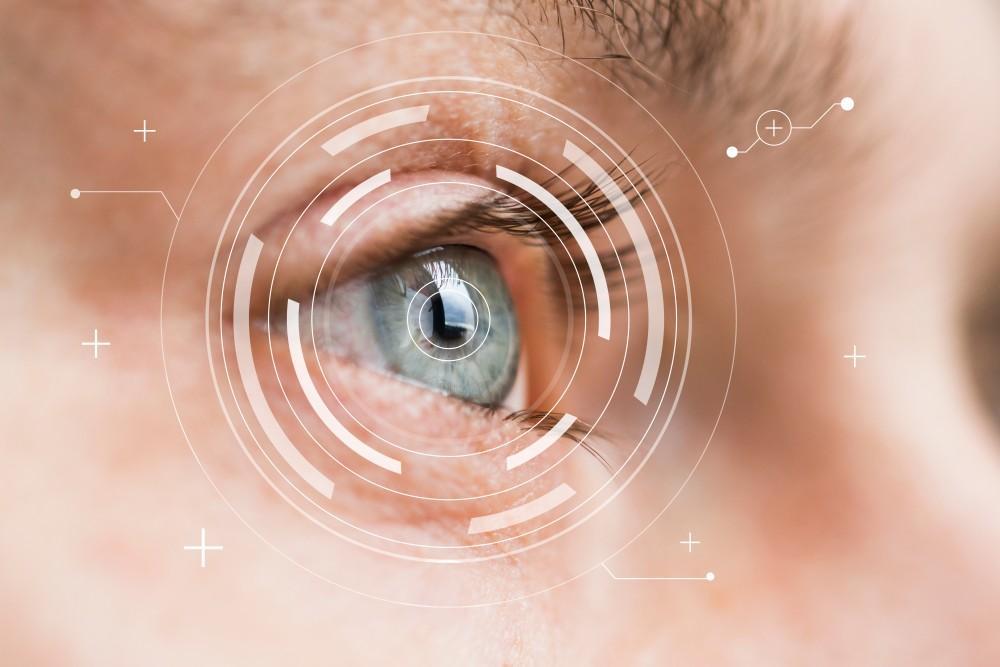
See More Clearly in the New Year With Refractive Surgery

The shape of your corneas affects the way you see. These clear, round domes at the front of your eyes have refractive properties that bend light rays, so it passes through your pupils and creates images. If the cornea is shaped irregularly, you have what’s known as refractive errors, and images are distorted and out of focus.
At the office of ophthalmologist Dr. Stephen Khachikian, we evaluate your refractive errors — like nearsightedness or astigmatism — and can determine if you’re a candidate for refractive surgery to reshape your cornea and help you see more clearly.
About refractive surgery
Refractive surgery includes several surgical approaches, including the most commonly performed LASIK and PRK. These simple procedures correct vision problems by reshaping your cornea.
A misshapen cornea can cause:
- Nearsightedness (myopia): Objects up close are clear but fuzzy when far away
- Farsightedness (hyperopia): Objects far away are clear, but images nearby are blurry
- Astigmatism: Generally blurry vision
The best type of refractive surgery for your vision concerns depends on your particular refractive issue and your eye health.
LASIK
LASIK takes about 15 minutes to complete for each eye. Dr. Khachikian uses state-of-the-art lasers and advanced techniques to perform your surgery.
During the procedure, the doctor numbs your eye (or eyes) with anesthetic drops and then uses a computer-controlled laser beam to make a tiny incision in your cornea. That creates a small flap that Dr. Khachikian lifts back to access your cornea.
He then uses a cool laser beam to reshape your cornea using a detailed map of your eye as a guide. Finally, Dr. Khachikian replaces your corneal flap over the treatment site.
LASIK is an outpatient procedure and requires little-to-no downtime, making it perfect for a dramatic change in the New Year without disruption to your life.
LASIK isn’t right for everyone, however. People with thin corneas may do better with PRK instead.
PRK
During PRK, you also receive eye numbing drops, so you feel nothing during the procedure. The surgery involves removing the entire top layer of your cornea, known as the epithelial tissue layer, instead of creating a corneal flap.
Once Dr. Khachikian reshapes the cornea, he covers it with a contact lens rather than the extra flap of tissue. The lens protects the surgical site during healing. Some people benefit from a corneal implant placed during PRK to help correct age-related focus problems associated with presbyopia.
PRK requires longer recovery but is an outpatient procedure, so you go home the same day. Don’t be surprised if you experience mild to moderate discomfort for the first few days after the surgery. Dr. Khachikian prescribes medication to help you manage these symptoms and you can get back to most normal activities within 4-5 days.
New vision for the New Year
The best candidates for refractive surgery include those that:
- Are 18 years of age or older
- Live with nearsightedness, farsightedness, or astigmatism
- Have a stable prescription for the past two to three years
- Have good corneal, medical, and eye health
- Are not pregnant or nursing
You’ll receive a thorough eye and vision exam before Dr. Khachikian recommends refractive surgery.
You should also know that refractive surgery can help you see more clearly and greatly improve your vision, but you may still need corrective lenses after age 40 following LASIK.
If you’re looking forward to experiencing big changes in the New Year and want to see them clearly, contact our Rapid City, South Dakota office to learn more about refractive surgery. Stephen Khachikian, MD, reviews all your options to help you achieve healthy eyes and improved vision.
You Might Also Enjoy...


I’m Not a LASIK Candidate. What About PRK?

Telltale Signs Your Eye Problem Is a Cornea Issue

Why Are Cataracts Common In Seniors?

Can You Prevent Keratoconus From Getting Worse?


